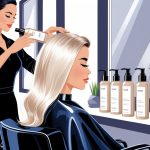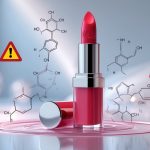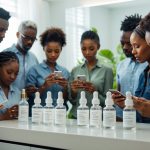High-Impact Lipstick Ingredients Suddenly Flagged by Industry Health Experts
Polyethylene and Microplastics
And polyethylene? That’s just plastic. Literally, the same stuff in packaging and bulletproof vests, now in my lipstick. I didn’t even notice until I squinted at the label and saw “synthetic wax.” Beauty companies say it gives a creamy texture, but c’mon, microplastics in my mouth? Environmental Science & Technology (2023) found microplastics from cosmetics in tap water all over the world.
Nobody’s got long-term data on this, but the Environmental Working Group keeps side-eyeing the possible hormone effects. I’ve tasted that weird plasticky tang in some long-wear lipsticks—MAC, looking at you. France is banning added microplastics now, but here? Nada. No warnings, nothing. Why does nobody talk about this at Sephora? Everyone’s obsessed with “lasting shine,” but at what cost? The whole thing feels sketchy and I’m not convinced anyone’s got it figured out.
How Lipstick Ingredients Affect Health and Skin
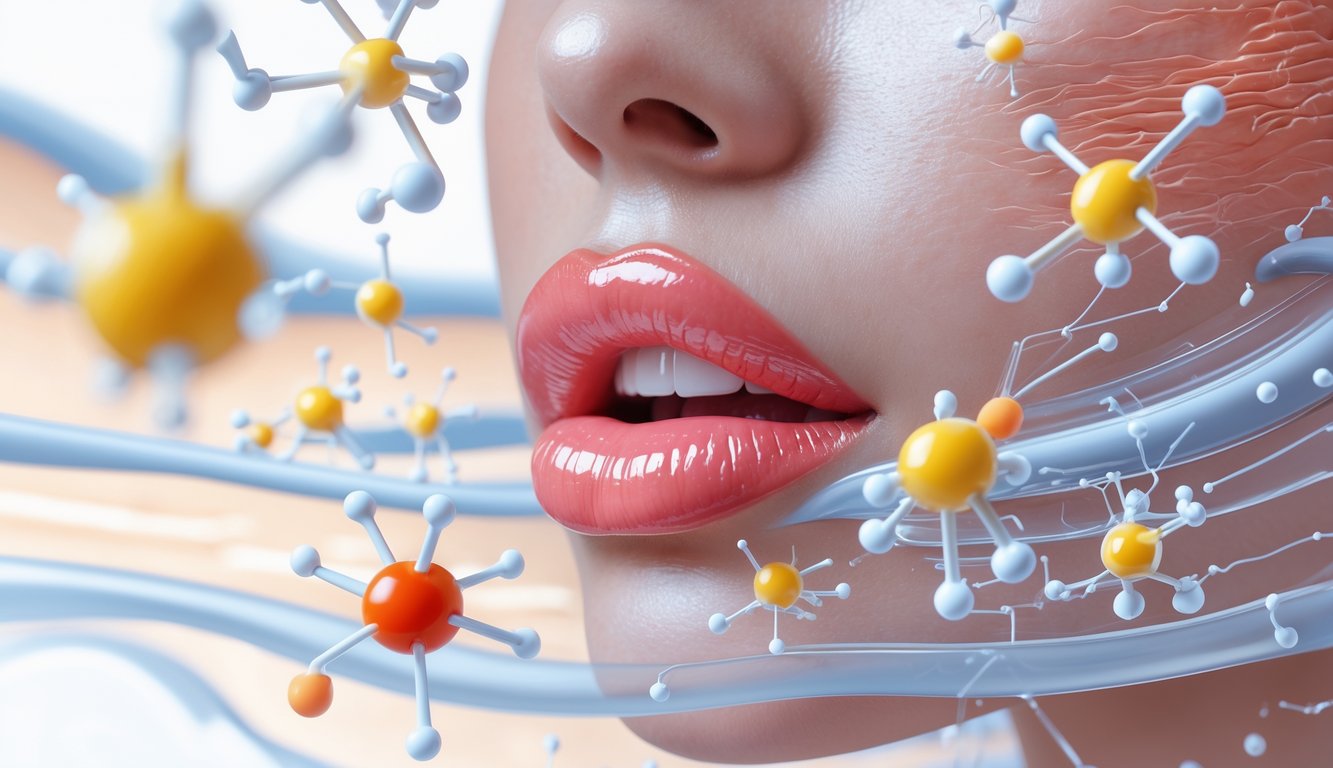
I swipe lipstick on without thinking, but then I remember—whatever’s in that tube is literally sitting on my lips all day. Some of it goes straight into my skin, or, honestly, into my mouth. I can’t pronounce half these ingredients. Am I supposed to know which ones are safe? Because I don’t.
Absorption Through Skin and Lips
One time on the train, a dermatologist told me, “Your lips absorb stuff faster than your palm.” That’s wild. Lip skin is thinner, more delicate. I used to think sunscreen mattered more for arms, but apparently, lipstick is a whole other ballgame. Parabens, dyes—FDA flagged them for getting absorbed fast through lips (National Center for Biotechnology Information, 2022).
Nobody mentions how much lipstick you end up eating. I read somewhere—24 milligrams a day? That can’t be right, but apparently, it is. If your lips are dry or cracked, you absorb even more. Mayo Clinic says heat or air conditioning can make it worse. I always forget to patch test new lipstick, but honestly, who remembers that? Not me.
Potential Health Risks
Why are cosmetics so loosely regulated? I don’t get it. Some brands still sneak in lead, cadmium, chromium. Harvard Health says long-term exposure to these metals can mess with your nerves and hormones (2024). But nobody’s freaking out at Ulta.
I’ve seen people break out—swelling, rashes, the works—after trying “innovative” formulas. My best friend’s allergic to lanolin; she landed in the ER after one swipe. Most of us just hope mica or fragrance won’t ruin our lips. It’s not the bold red I regret, it’s the next day when my lips feel like they’re on fire and suddenly every ingredient looks suspicious.
Brand Responses to Ingredient Flagging
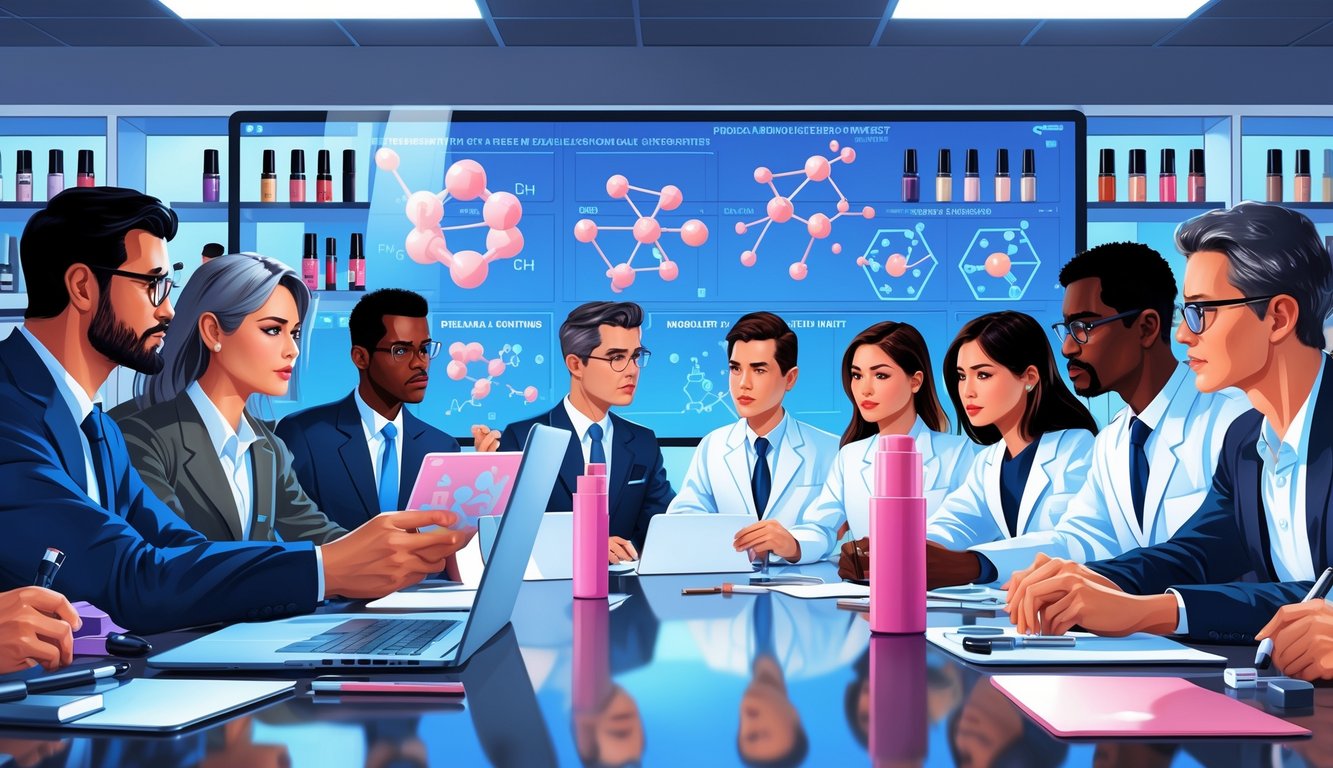
It’s impossible to keep up. One week, my favorite lipstick is fine. Next week, some health group bans half the ingredients. Big brands scramble, small brands pivot, and everyone’s acting like they’ve always cared about microplastics.
Major Mainstream Brands
L’Oréal? They drop a press release about ditching parabens, but I’m not buying that their “new recipes” are a miracle. Maybelline acts like their formulas were always lead-free, but the FDA flagged them for color additives a while back. Stores still sell old glosses with methylparaben—saw it last month. Chanel and Estée Lauder talk about “compliance teams,” but insiders say they just delay product launches when there’s a scare. Lancôme quietly pulled lipsticks in Europe, no announcement, nothing. RegASK says 76% of lipstick reformulations after bans don’t even get a recall. So, if your lips break out, it’s probably not stress.
Clean Beauty and Non-Toxic Alternatives
Burt’s Bees and 100% Pure claim they never touch parabens, but sometimes you’ll find non-organic shea oil in their stuff. Clean brands like Axiology? They’re all about “vegan, organic, cruelty-free, SPF”—until there’s a mica scandal, and suddenly their “Clean Rouge” vanishes.
Fashion Fair and Sonia Kashuk push “mineral pigments only.” Jafra, Clarins, Almay—always “hypoallergenic,” but I see coconut derivatives on allergy logs every week. Clarins’ “Everlasting Lipstick” is so basic, even pediatric dermatologists don’t care. Clean brands usually rush to reformulate before the FDA even says anything, sometimes emailing “safer choices” before I’ve even had my coffee. I wish mainstream brands were that fast.

